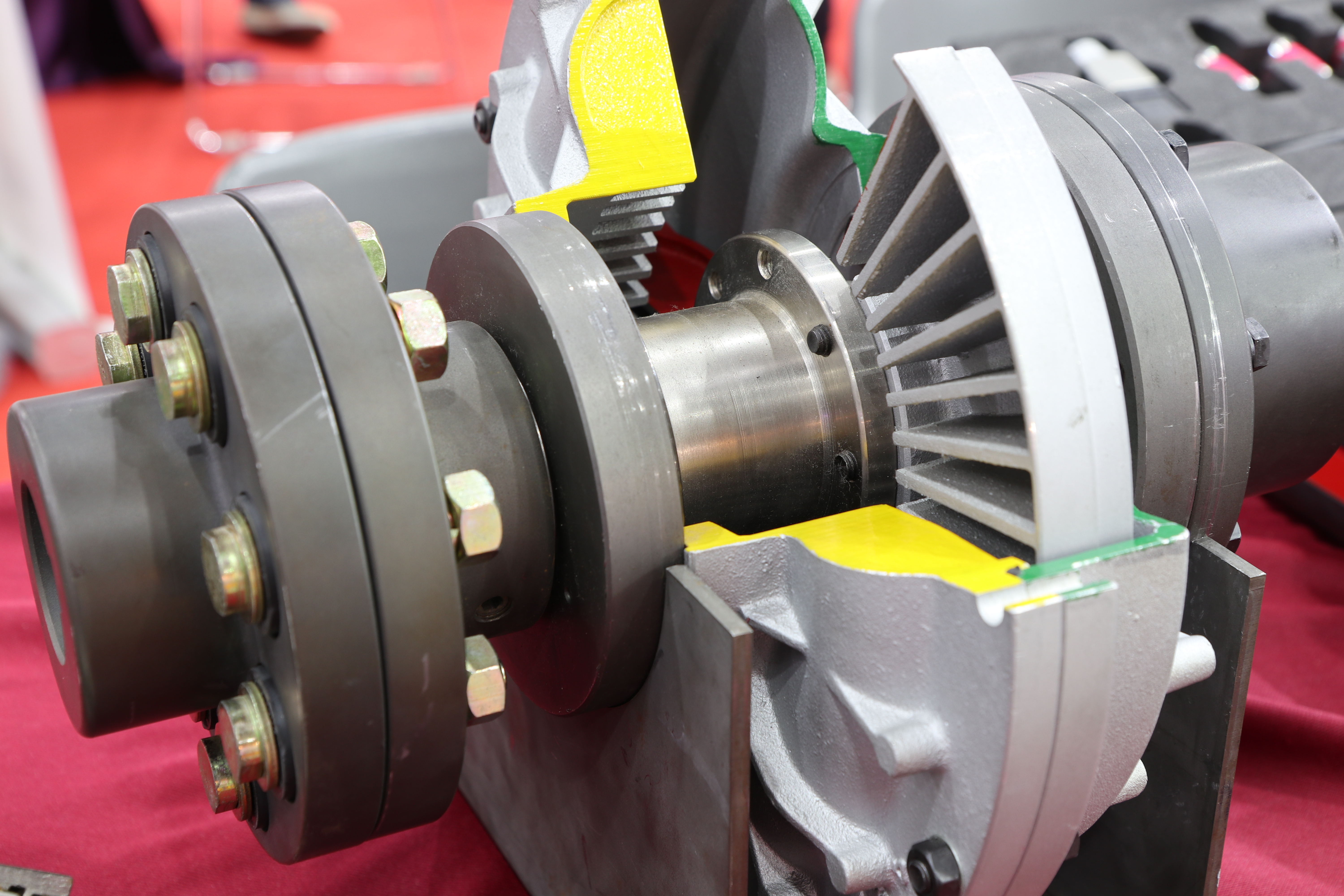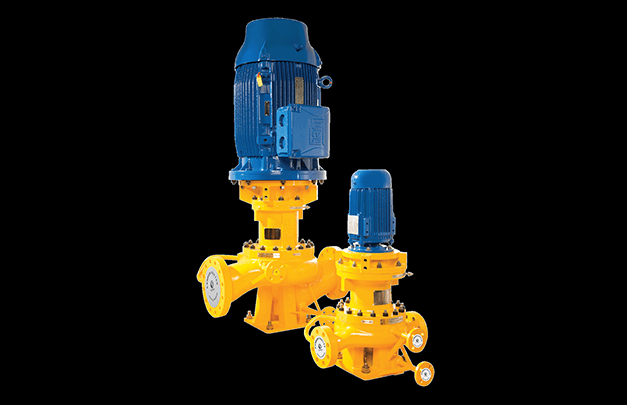When engineers need to choose a pump, two broad categories come to mind: mechanically-sealed pumps and sealless magnetic drive pumps. And across industries, pumps with mechanical seals are seen far more commonly because not much is known about the sealless pump. But what’s the difference between these two varieties and what are the benefits to going sealless? This article will explain each and the advantages of going from sealed to sealless.
Mechanical sealed pumps
A mechanical seal, seen commonly in centrifugal pumps, keeps fluid contained within a pump or mixer with a rotating shaft. These seals are designed to keep fluid inside or outside of the vessel while allowing for free movement within the shaft. Working seals have a stationary face, which serves the purpose of preventing leakage, and a rotary face, which ensures rotation, with a spring designed to push the two faces together.

Because one face moves while the other does not, the two faces will slowly experience friction and will gradually wear down. This causes inevitable leaks while increasing the need for periodic maintenance. Other pitfalls of mechanical sealed pumps include:
- High suction pressure
- Wear and tear with the possibility of seal failure
- Frequent maintenance or the need for full replacement
- Limited space for seal upgrade paths
- Increased downtime throughout the repair process
Sealless pumps
Sealless pumps have long been used to handle various types of liquids, including ones that require secure handling. Sealless pumps operate through the use of magnets. With a magnetic sealless pump, liquid remains completely contained without the need for seals.
The way this works is that magnets in outer and inner rings are attracted to each other. As the electric motor rotates the outer ring, the inner ring rotates at the same time. This turns the impeller and causes liquid to be pumped.
A small portion of the liquid is also used to cool the magnetic components and lubricate internal bearings, preventing overheating and damage.
For safe operation, the liquid must remain stable at all times. As liquid circulates, its pressure drops and temperature increases, which is why the small amount of liquid used to cool the internal bearings is so essential.
As long as the pump is properly installed and operated, it will remain reliable for years with little to no maintenance.
The benefits of sealless pumps include:
- No leakage
- No dynamic seal or seal support system
- Complete fluid containment
- Zero emissions/less carbon footprint
- Cost-effective installation
- Lower maintenance costs
- Greatest safety
Environmental impact
Industrial pumps can be used for a wide array of liquids, from water and wastewater to chemicals and hazardous fluids. Because sealless pumps are designed not to leak or wear like mechanical seals do, a sealless pump makes less of an impact on the environment it’s housed in.
The United States Environmental Protection Agency (EPA) is strict on ensuring that American companies comply with environmental regulations — costs associated with pumps leaking potentially hazardous liquids like oil, ammonia liquid (H2S), or benzene can mount quickly. A sealless pump will keep potentially corrosive, carcinogenic, or hazardous liquids safely housed inside, protecting the environment and those living nearby from harm.
Maintenance and costs
Sealed pumps are known to break down over time, demanding regular maintenance in order to continue working. But sealless pumps are made to be durable. Provided that they’ve been installed and are being used correctly, they’ll continue working for years with little to no maintenance.
And although mechanical seal pumps can be less expensive out of the box, maintenance costs stack up. Let’s compare the costs of two items over time. The sealed pump might have cost $25,000, but it must be repaired once a year for $10,000 each. Plants often purchase two sealed pumps in anticipation of occasional downtime (since the seals on these pumps must be repaired off-site when they break down) for a total of $50,000 up front.
A sealless pump might cost $100,000 up front — which can be intimidating as a one-time expense — but many of these pumps can be repaired on-site with no special training if wear and tear occurs. Over the course of the many years each pipe will be in service, the sealless pump will begin to bring increased ROI over time, whereas a mechanical sealed pump will continue to incur costs.
Despite the benefits of sealless pumps, industries worldwide still use mechanical seal pumps frequently. In many cases, this is because the alternative isn’t as widely known. Both can be used for the same applications, like crude oil terminals, pipeline terminals, and fuel terminals that pump jet fuel and gasoline. But with a decreased need for maintenance, smaller environmental footprint, and less need for maintenance over time, sealless pumps can operate with greater durability and efficiency. Fortunately, sealed pumps can be replaced for sealless pumps for industries looking to improve their environmental impact and reduce costs over time. Contact our experts to learn more.

